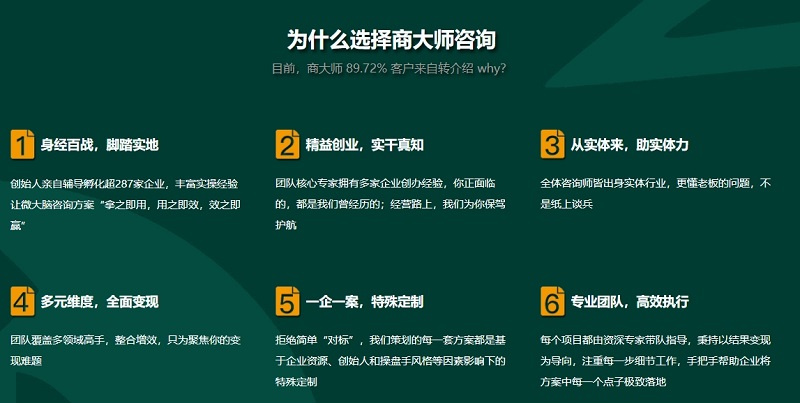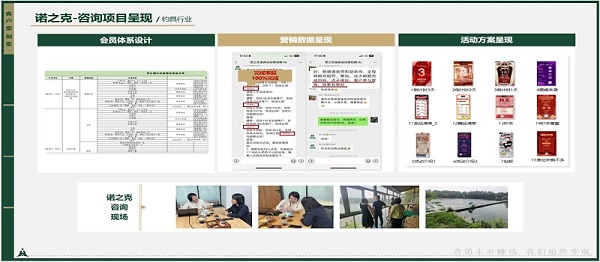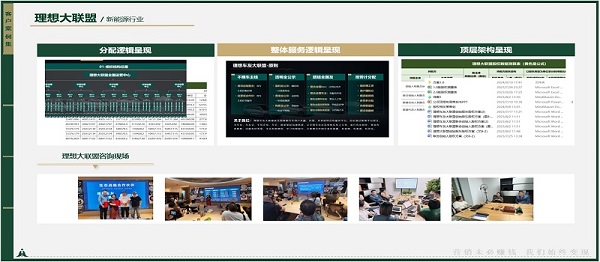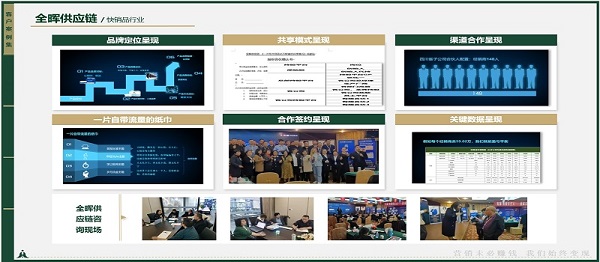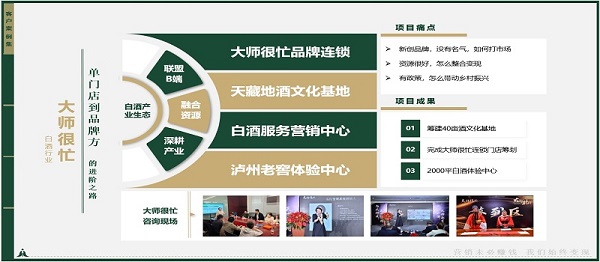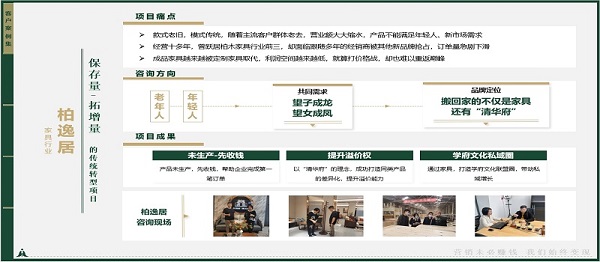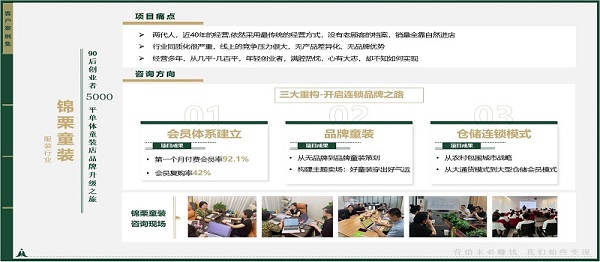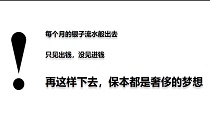品牌策略的核心内容
Brand strategy is a systematic plan that helps enterprises establish and maintain a unique competitive advantage in the market. Its main contents include brand positioning, brand image shaping, brand communication, brand extension, and brand management. Brand positioning clarifies the target audience and core value proposition; brand image builds visual and emotional identity through elements such as logos and tone; brand communication ensures consistency across channels; brand extension explores new market opportunities; and brand management focuses on long-term value maintenance and crisis response.

品牌定位为何是策略的核心?
Brand positioning determines how a brand differentiates itself in the minds of consumers. By analyzing market demand, competitor strategies, and internal resources, enterprises can identify a unique niche. For example, Volvo emphasizes "safety," while Apple focuses on "innovation." Clear positioning not only guides product development and marketing but also forms the foundation for long-term customer loyalty.
品牌形象如何实现一致性?
Consistency in brand image requires unified visual design, language style, and behavioral norms. From logo colors to advertising copy, every detail must align with the brand's core values. For instance, Coca-Cola's red-and-white color scheme and "happiness" theme remain consistent globally. Additionally, employee training and partner collaboration ensure that external interactions reinforce the brand identity.
数字化时代对品牌传播的影响
Digital platforms have transformed brand communication from one-way broadcasting to interactive engagement. Social media, content marketing, and data analytics enable brands to reach fragmented audiences with personalized messages. However, this also demands higher transparency and responsiveness. Successful cases like Nike's social media campaigns demonstrate how real-time interaction can amplify brand influence while managing public sentiment risks.

品牌延伸的潜在风险与应对
Extending a brand into new product categories or markets may dilute its original positioning if not carefully planned. For example, a luxury brand launching low-priced products could damage its premium image. Mitigation strategies include sub-branding (e.g., Toyota's Lexus) or rigorous market testing. The key is to ensure that extensions align with the core brand promise and consumer expectations.

品牌管理中常被忽视的环节
Many enterprises prioritize external promotion but neglect internal brand culture building. Employees' understanding and endorsement of the brand directly affect customer experiences. Regular internal training, incentive mechanisms, and cross-departmental collaboration are essential. Additionally, monitoring brand health metrics (e.g., awareness, reputation) and establishing crisis management protocols can prevent long-term damage from unexpected events.

